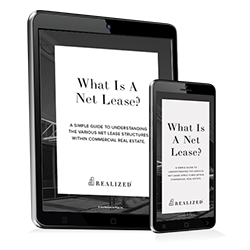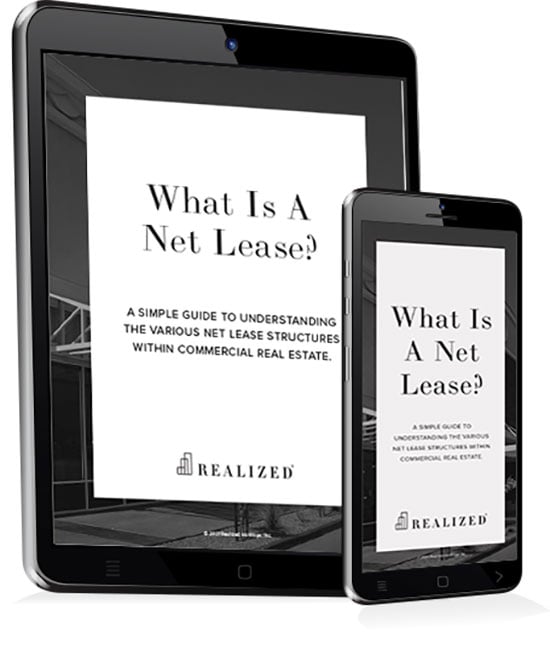
A step-up lease is a lease agreement that comes with increases embedded into it. Such provisions are sometimes referred to as escalator clauses. From the landlord's perspective, it makes sense, particularly when the agreement term is lengthy and rental rates are volatile. A step-up can accompany a gross or net lease and may trigger a specific dollar amount, percentage, or indexed increase. The tenant may also benefit if the addition of a step-up provision facilitates their ability to acquire a lease of the preferred length. Plus, it allows for longer-term planning.
How Do Commercial Leases Differ from Each Other?
Commercial real estate leases run along a spectrum from net to gross. Gross leases can also be called full service. In this arrangement, the tenant pays rent, and the landlord pays the expenses for operating the property, including taxes, insurance, maintenance and repairs, and utilities. On the other end of the spectrum, you find a triple net (NNN) lease, which means that the tenant pays the expenses, usually not including structural repairs.
In between the two ends of the spectrum are variations in which the tenant and the owner may each pay portions of the operating costs for the property. For example, in a single net lease, the occupant pays rent and property taxes. The tenant pays rent, property taxes, and insurance in a double net. If a double net lease is applied to a multi-tenant building like an office complex, each tenant pays for a proportional percentage of the costs based on how much of the entire building they use.
What Type of Lease Offers an Advantage?
The best lease option depends on your perspective, business model, and goals. A gross lease will have a higher base rent amount because the ancillary costs of operating the property are included in that figure. This method is a simple way to conduct business and provides the tenant with predictable costs. If you combine the stability of the gross lease with a step-up provision, the lessee can obtain a greater perspective on future costs.
In contrast, a net lease (single, double, or triple) offers the tenant greater control over their costs, especially if the property is a single-tenant building. The lessee can manage their utility usage, maintenance, and repair decisions. With the freedom to operate the facility as they prefer, the tenant may be able to save money compared to a gross lease model. A triple net lease may offer less involvement, effort, and risk for the owner since these leases are typically longer-term and offered to reliable tenants.
Triple Net Lease With a Step-Up Provision
One potential downside of the long-term triple net lease is that a property owner might be forgoing potential opportunities to increase the rent in a rising market. On the other hand, locking in a tenant with a long-term lease offers stability, but the owner could be left behind if rents increase. By including a step-up provision, the landlord may have the best of both approaches—a long-term, stable tenant with built-in rent increases to keep track of inflation. Sometimes the step-up is linked to inflation or area rental prices and may also have a maximum percentage increase to protect the lessee.
This material is for general information and educational purposes only. Information is based on data gathered from what we believe are reliable sources. It is not guaranteed as to accuracy, does not purport to be complete and is not intended to be used as a primary basis for investment decisions.



